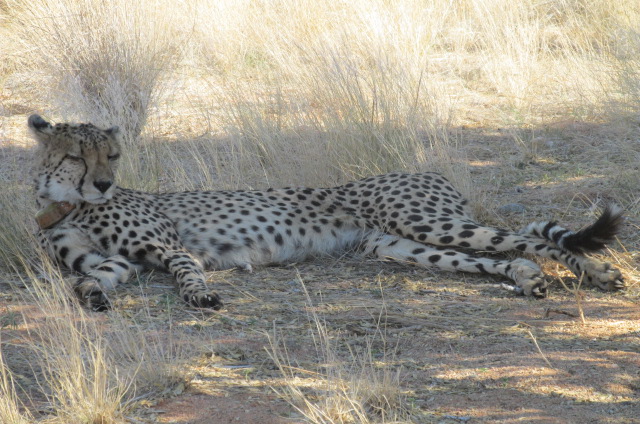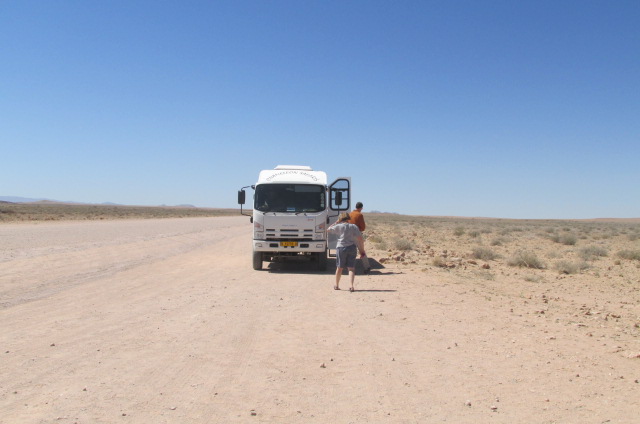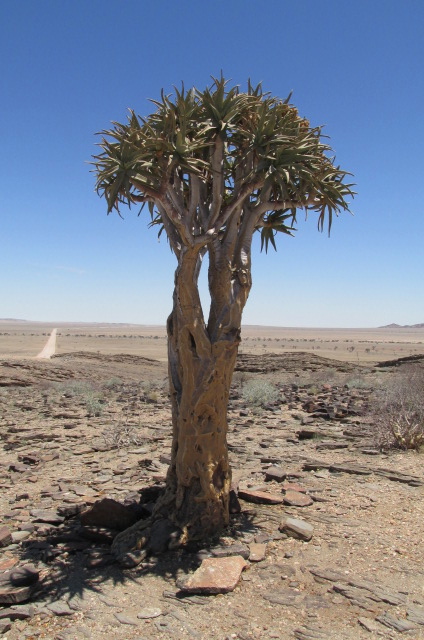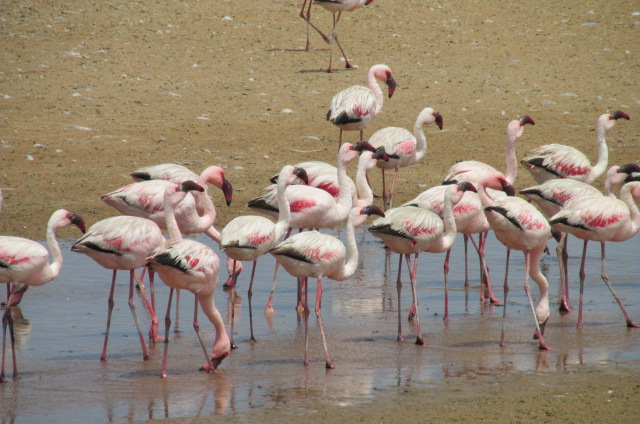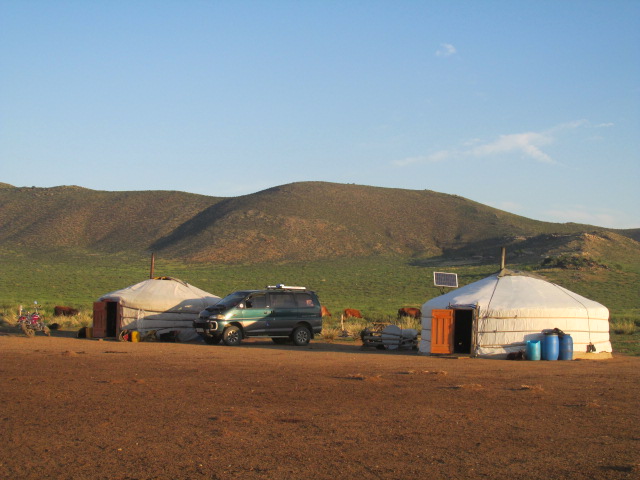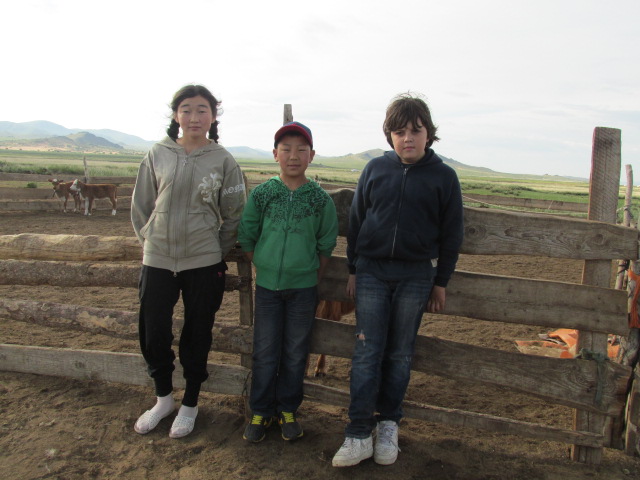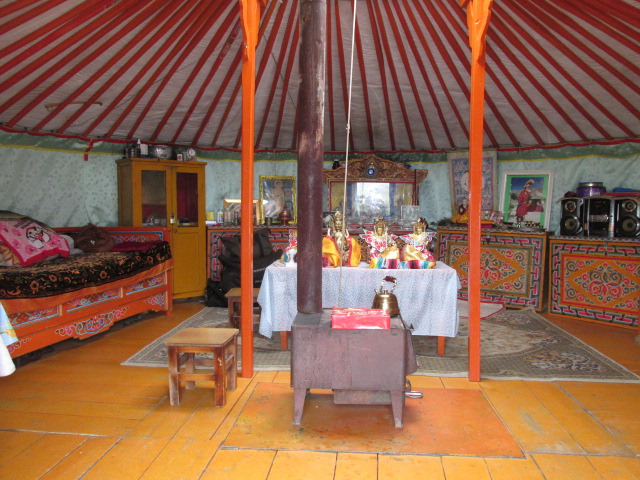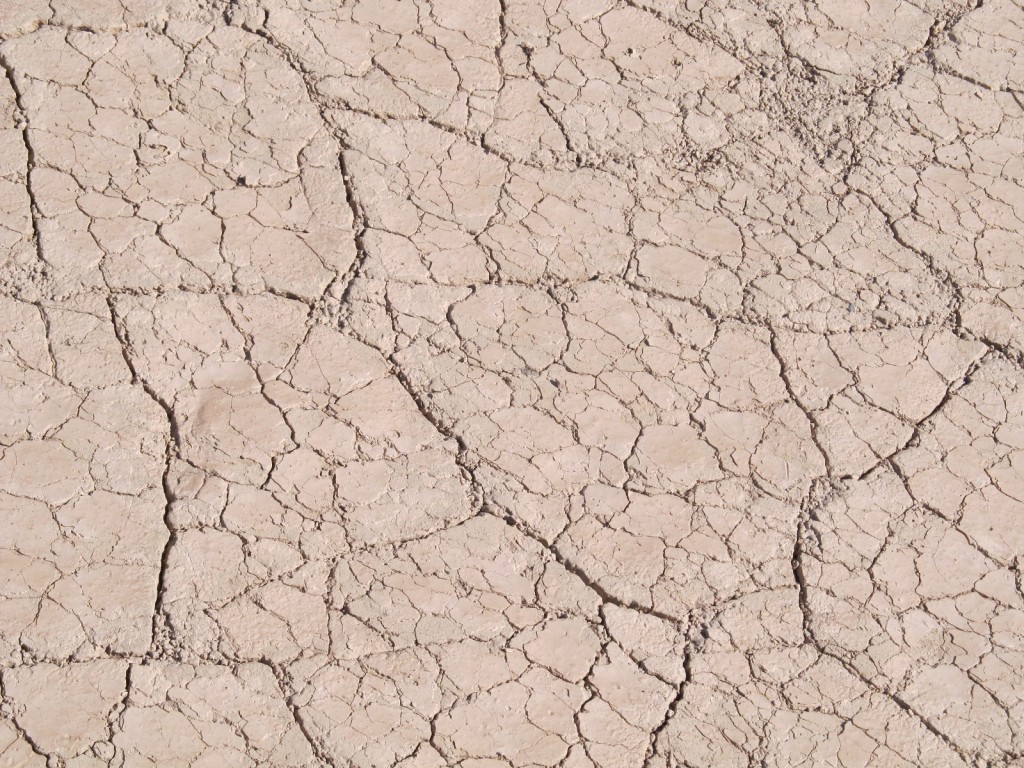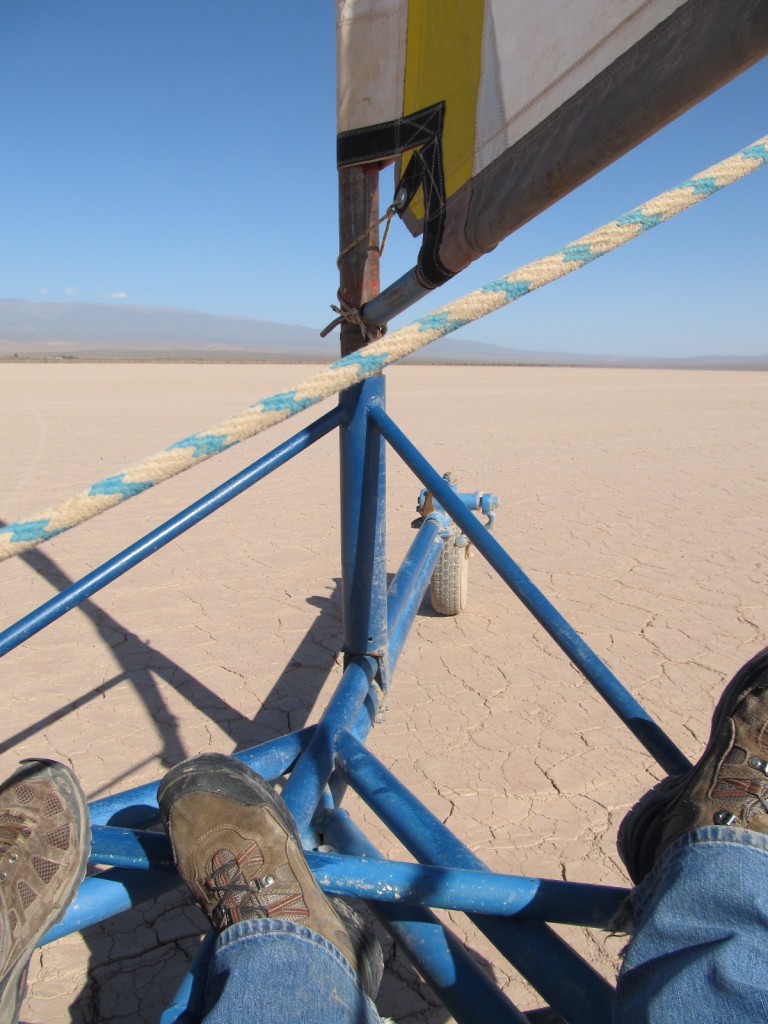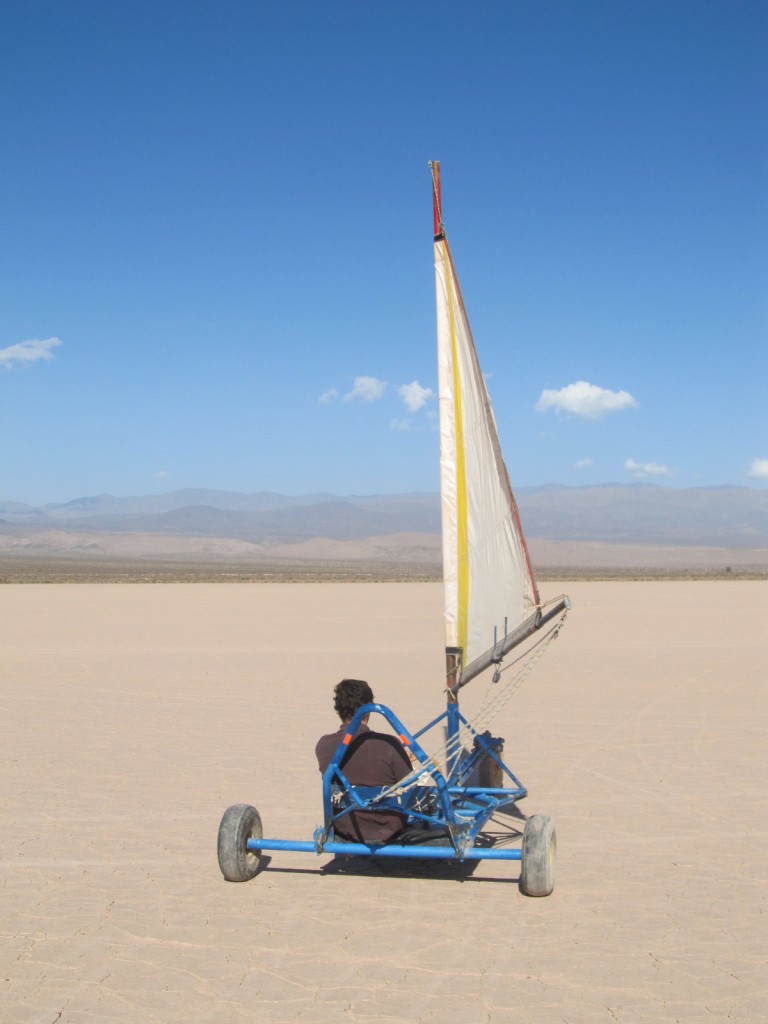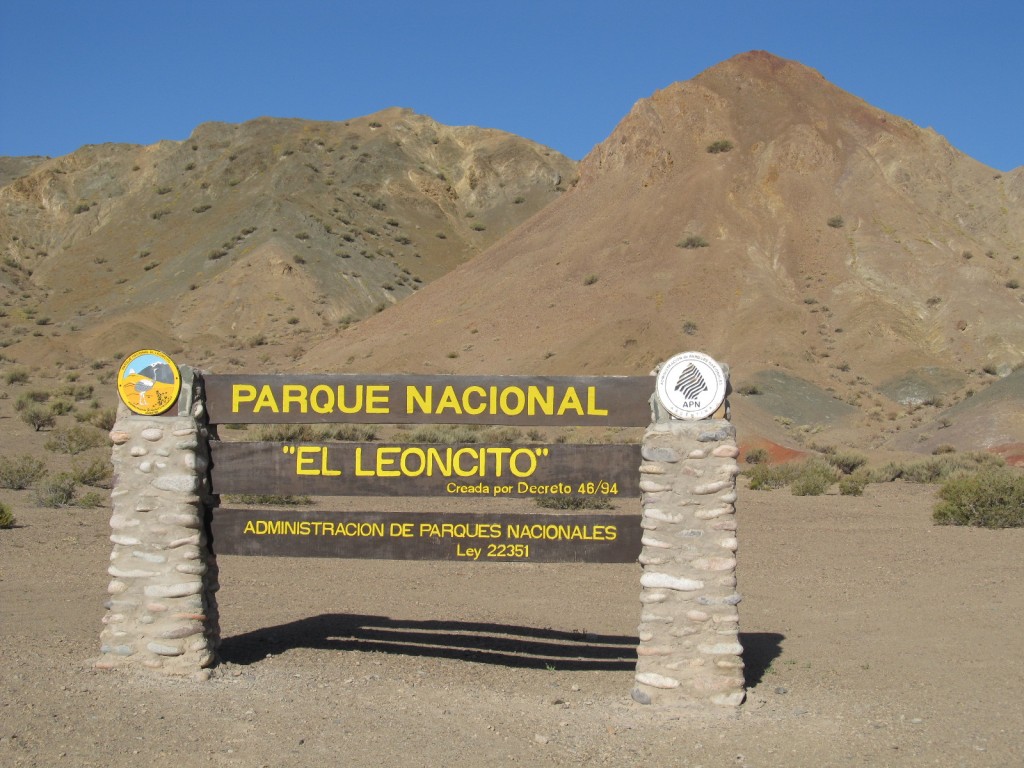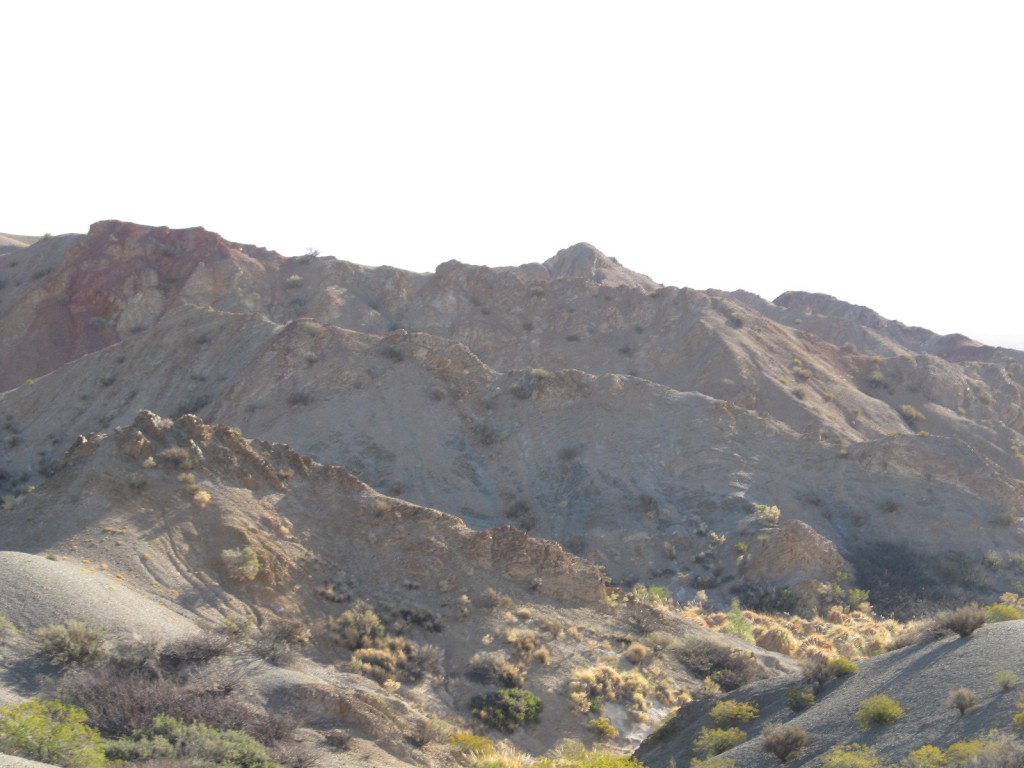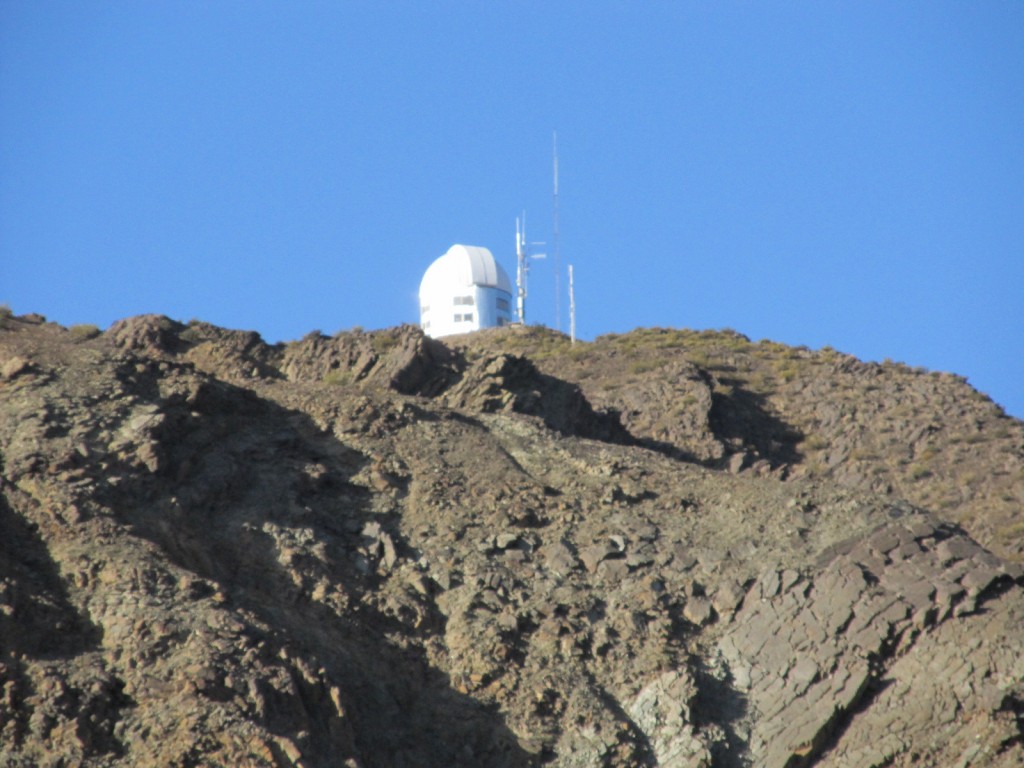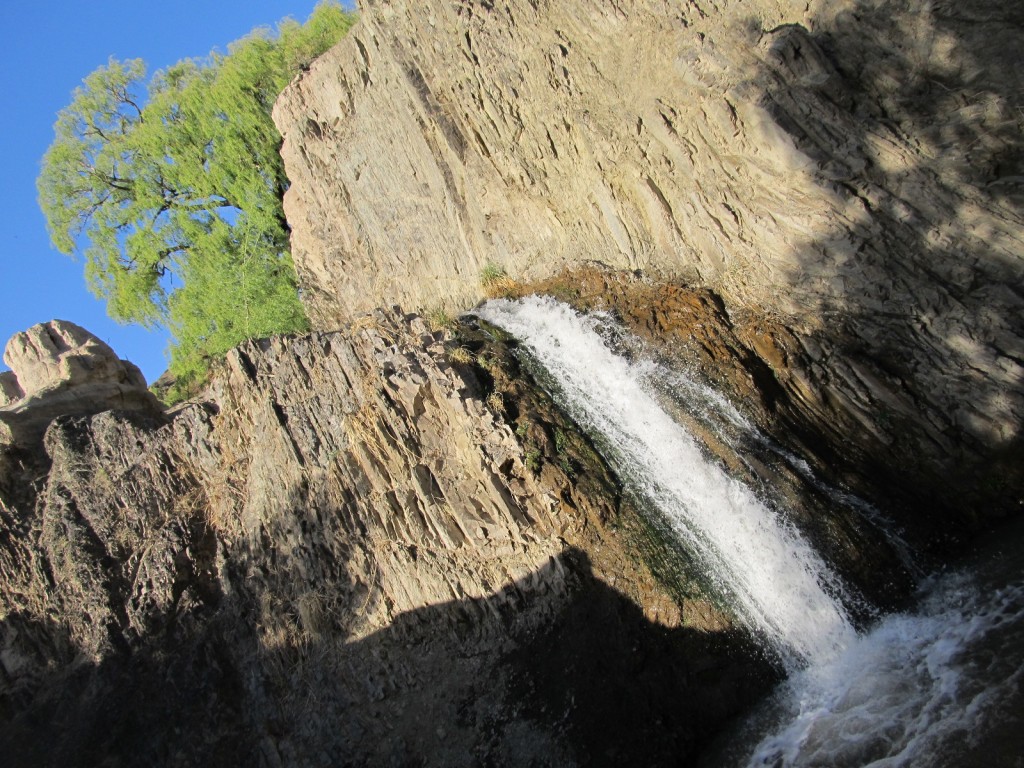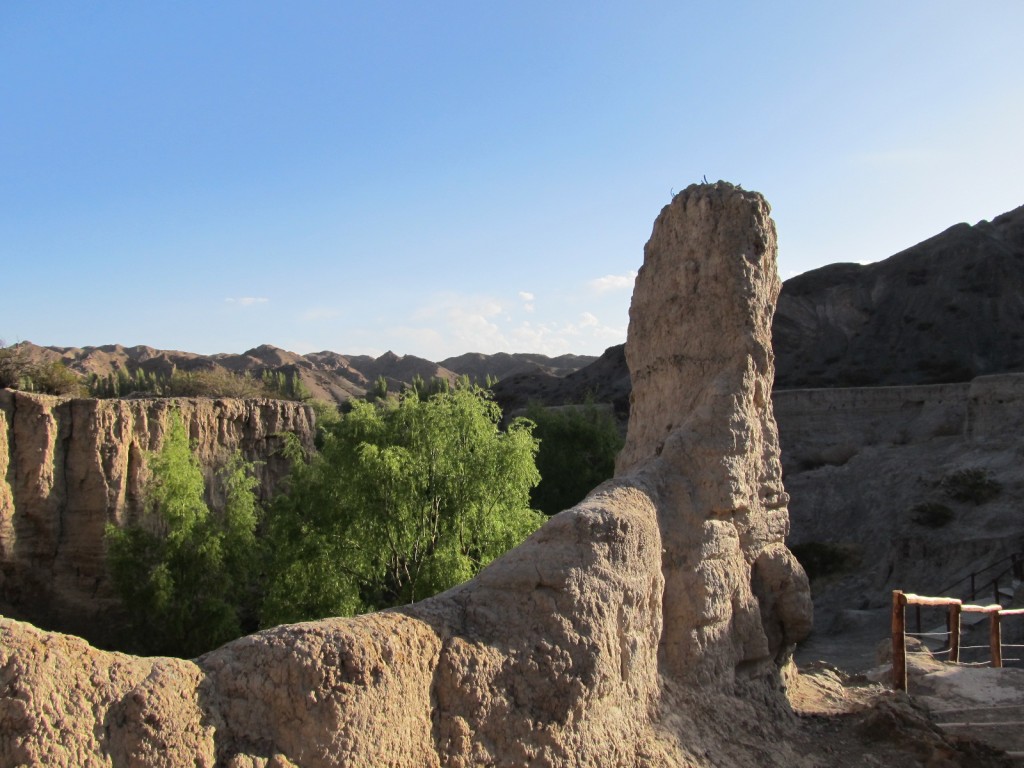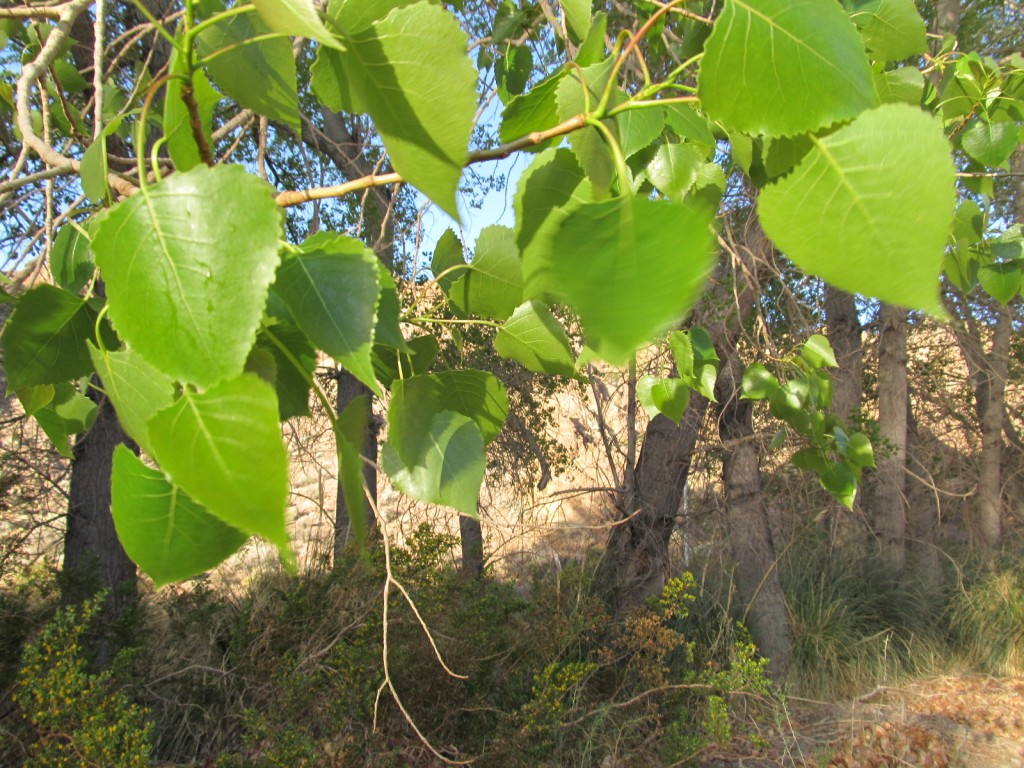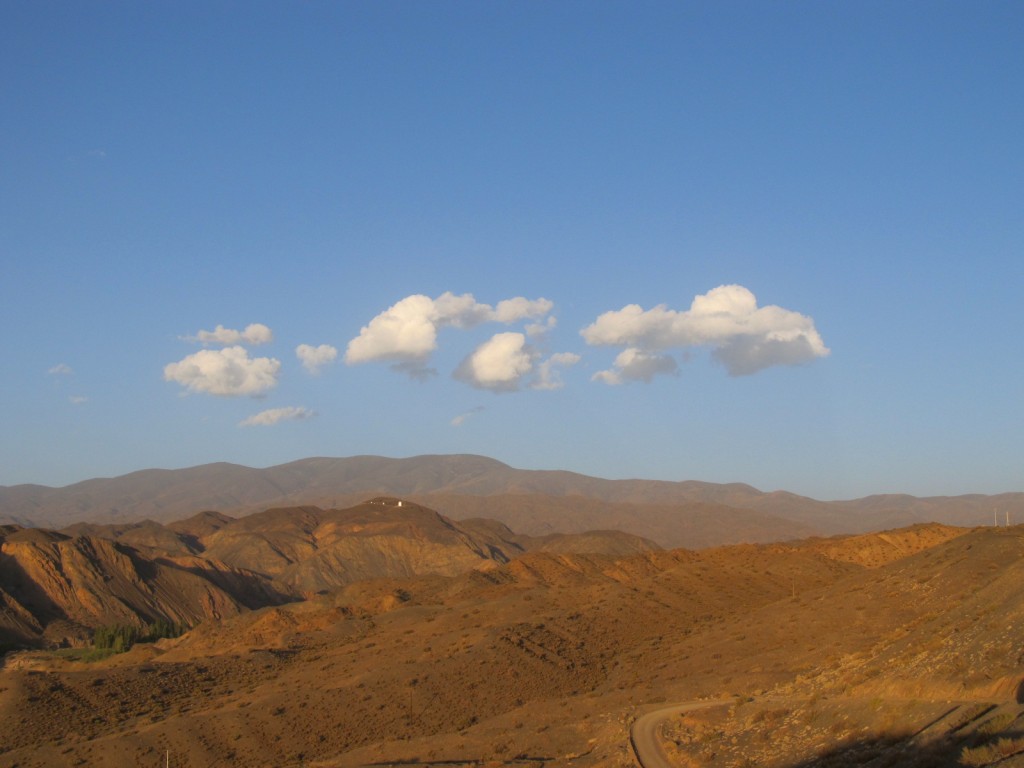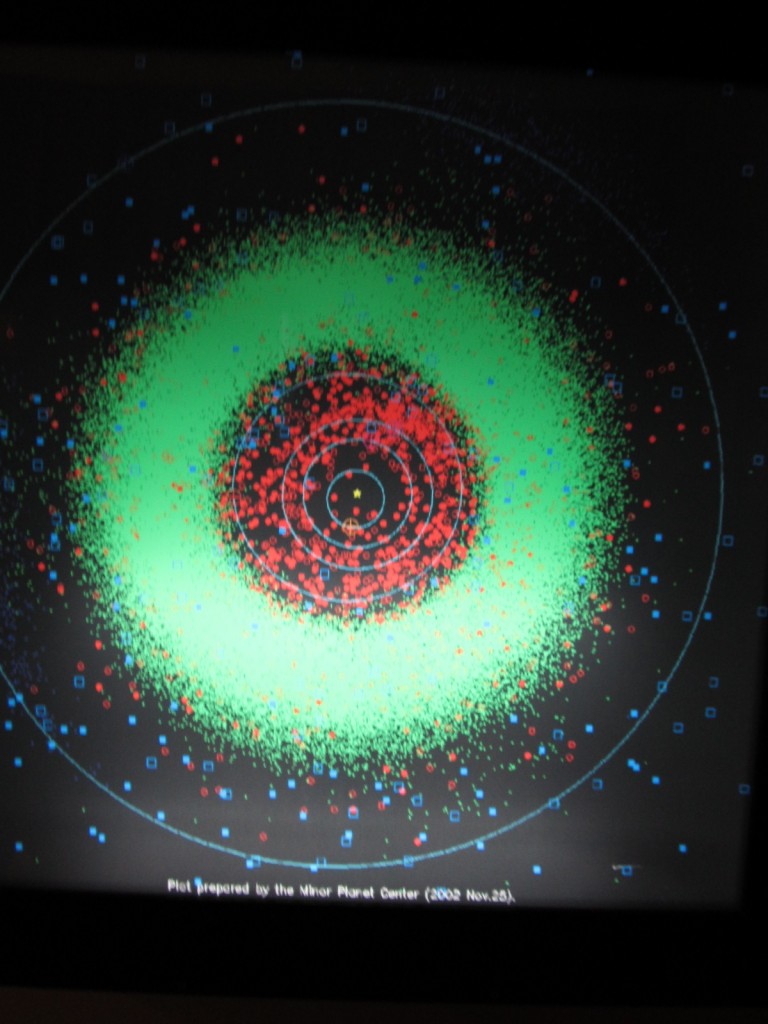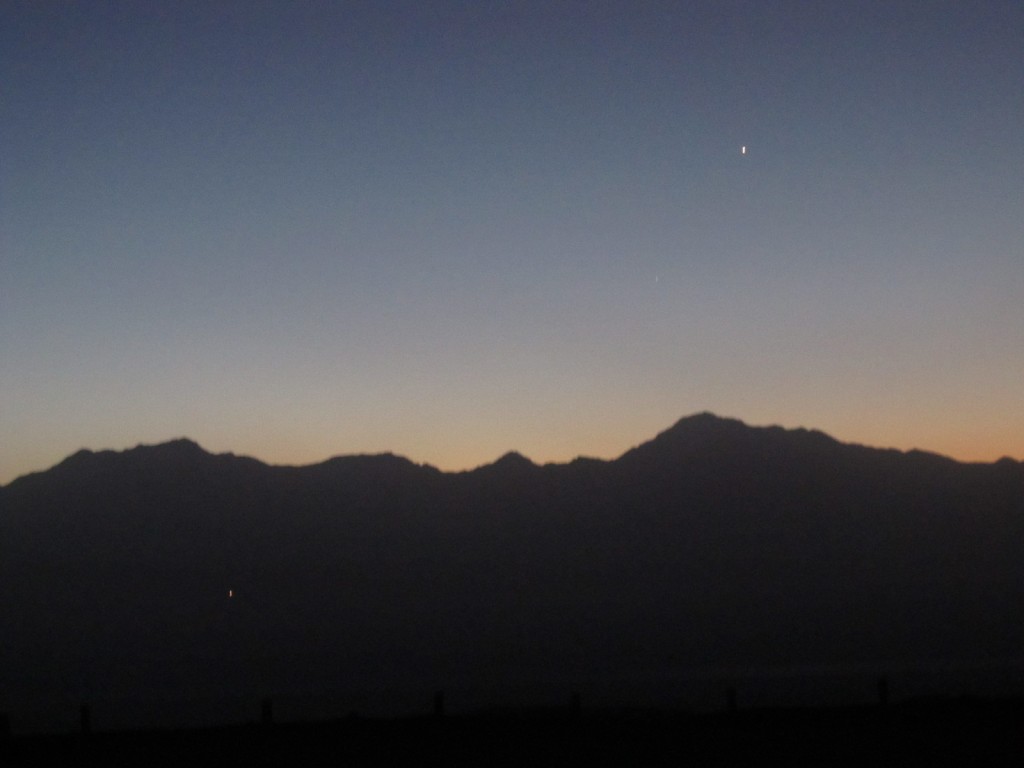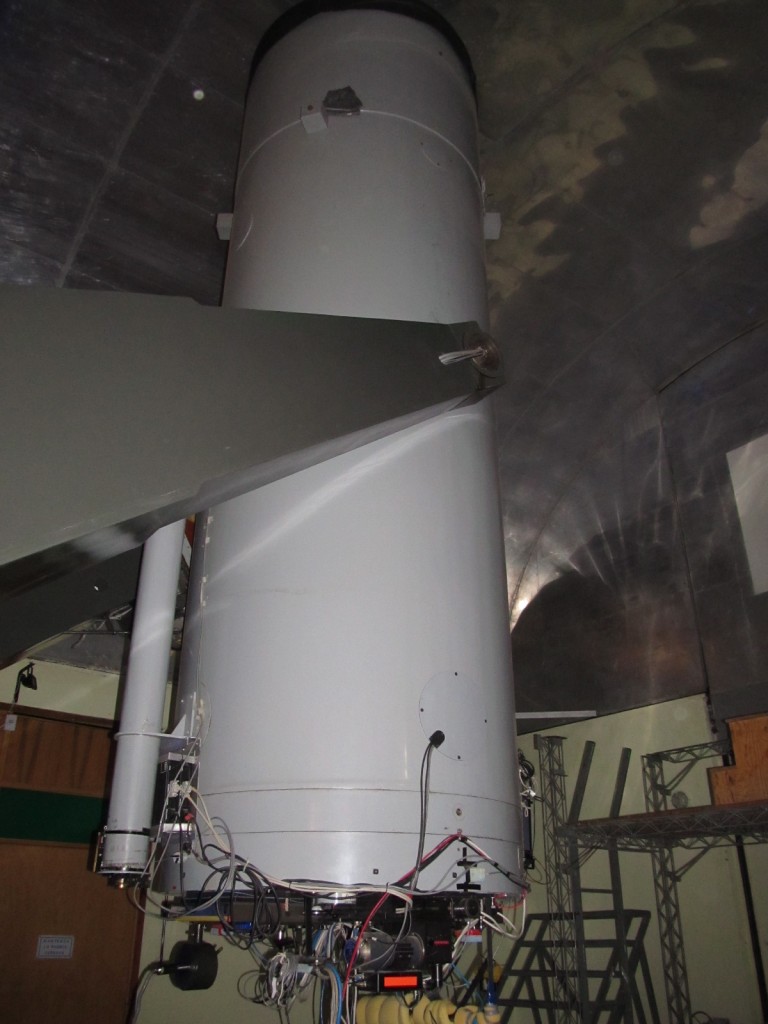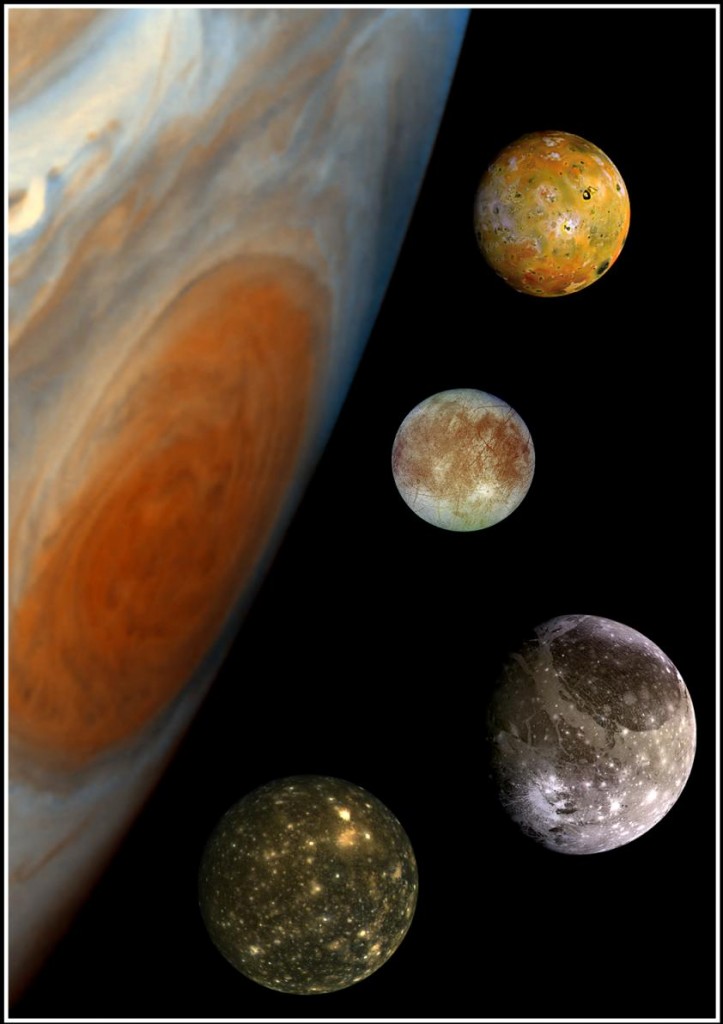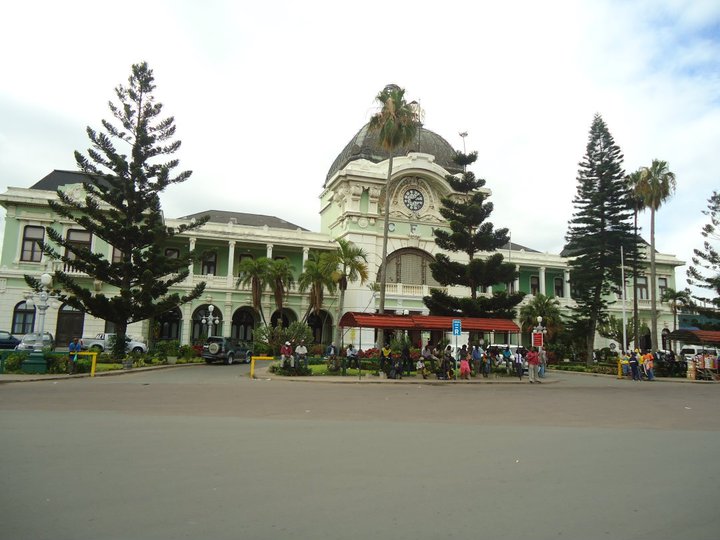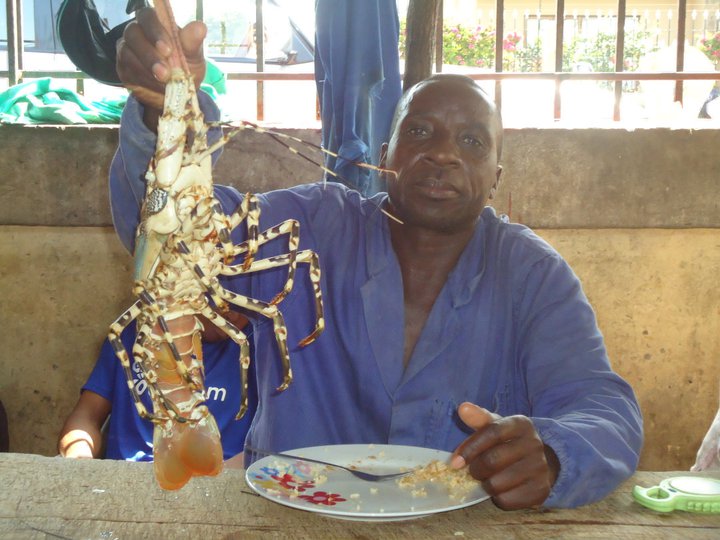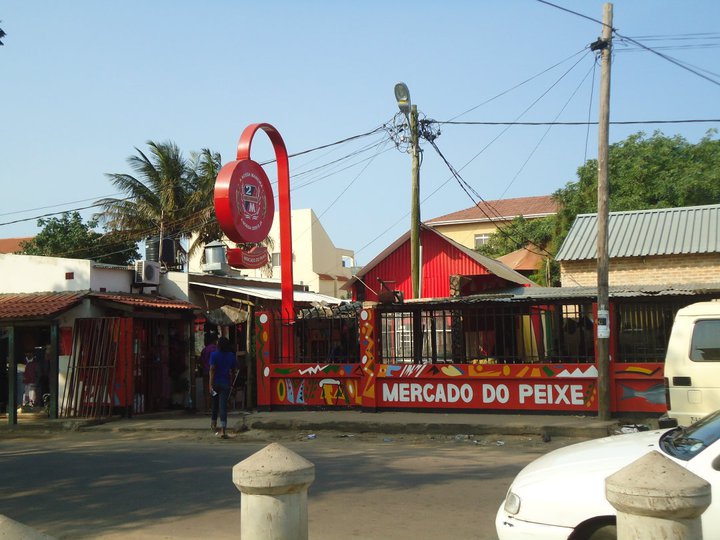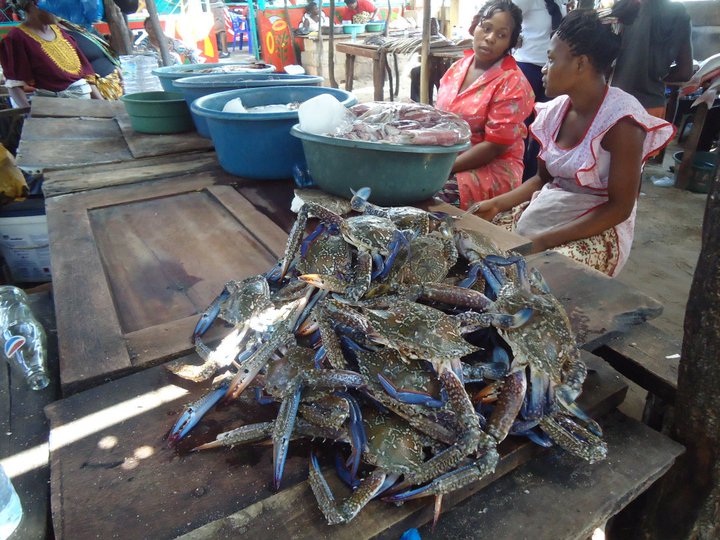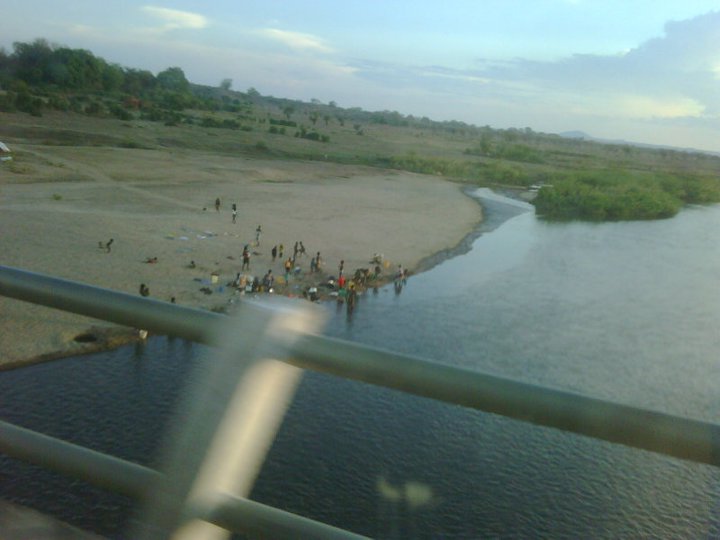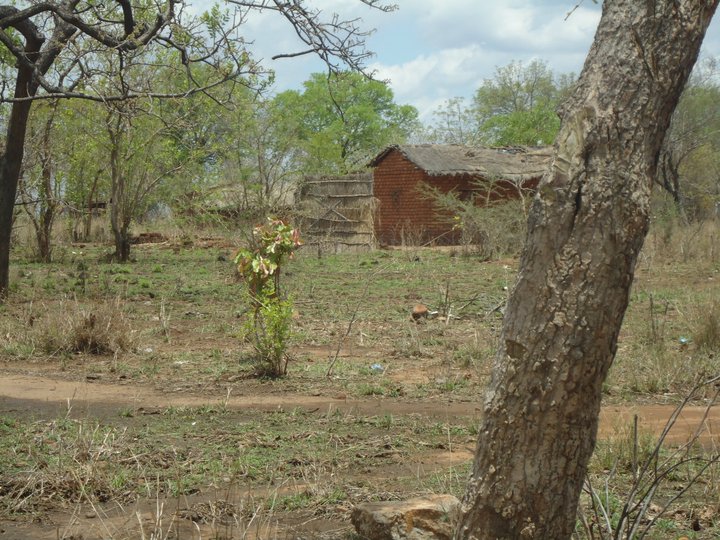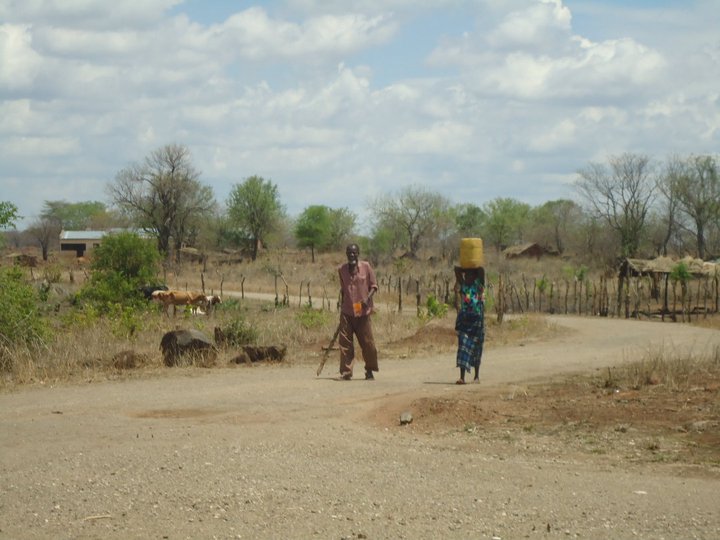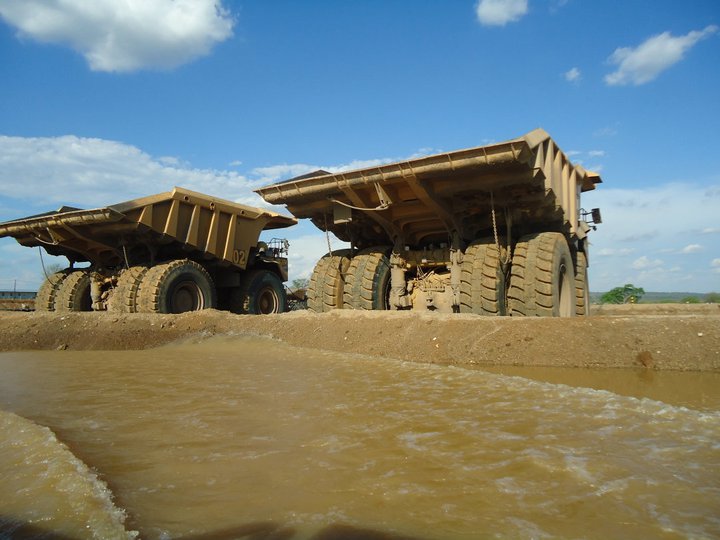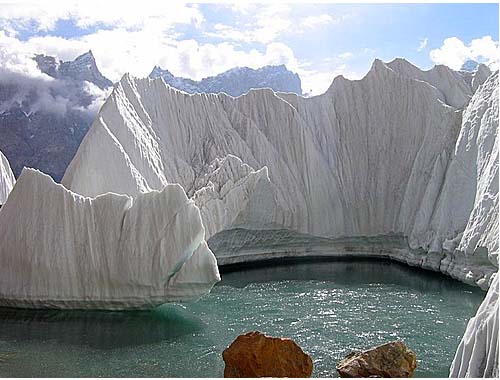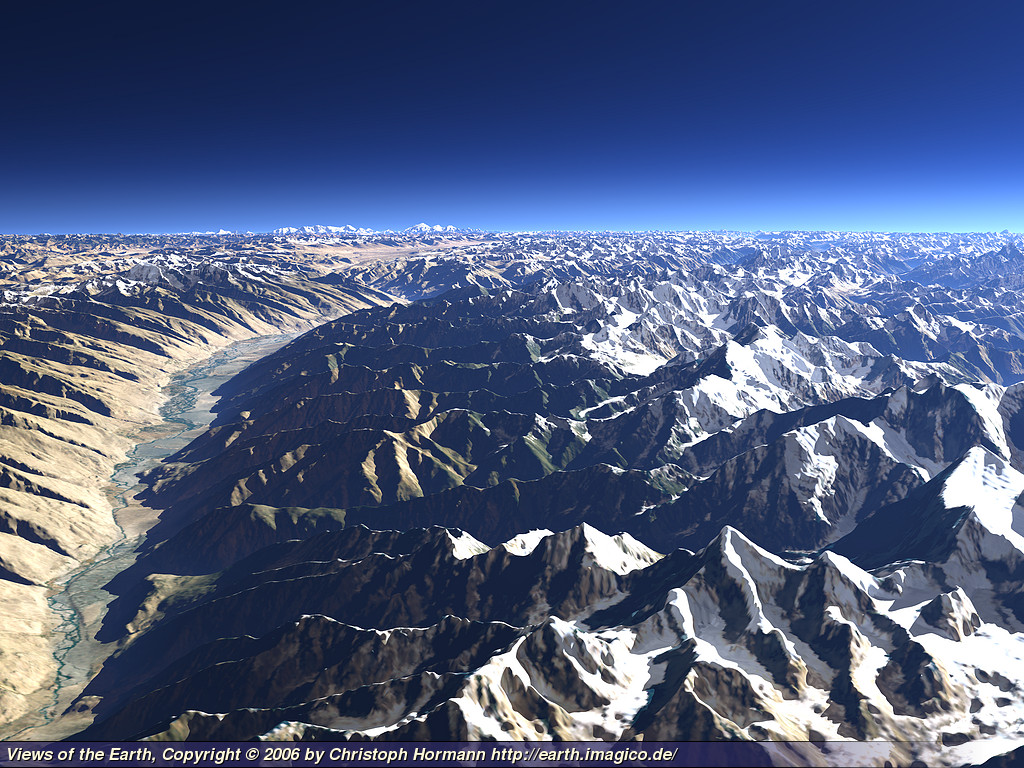Archive for the 'Remote' Category
On Monday morning,October 28th, we departed the desert cam for the coast. The first stop was a cheetah reserve. We were able to get up close to the slumbering cats as the sun was too high for them to chase small prey at 110 kph.
Out Chameleon Tours all terrain vehicle. Much more detail will be given about our hosts in later posts. Though now in South Africa writing this, hotel bandwidth is still extremely limited.
This tree grows where rain is scarce because the roots are up to 40 feet deep , getting miniscule amounts of groundwater to stay alive.
Flamingos in a coastal lagoon.
For adventures in South Africa, CLICK HERE
Our hosts were Jargalsaikan and his wife Tuya. We stayed with them in the yurt ( ger ) on the left for two days and nights. The encampment is in Bulgan Aimag ( an Aimag is similar to a province or state ) about 15 kilometers from the village of Gurvanbulag,where they spend the winter.
With two children of the encampment.
The inside is very comfortable. A video of daily life will be uploaded shortly.
For more adventures in Mongolia, CLICK HERE
We rode these camels for about 20 km. Not uncomfortable. They speak with a nasal sound similar to a whining dog.
For adventures in Mongolia, CLICK HERE
ArcticTropic flies by Cerro Aconcagua, 22841 ft , 6962m, the highest mountain in the Western HemisphereLast Friday,February 3, ArcticTropic was returning to Chile after business meetings in Argentina. The Mendoza to Santiago flight was on a midsummer’s day. One can see the Argentina – Chile border post on the highway below, then Portillo Ski area in Chile, beside the bright blue Lago de Las Incas.
Explora Parques , led by Ramón Ossa Federico took ArcticTropic on an adventurous excursion to Parque Nacional El Leoncito. The first activity was dry land sailing on Barreal Blanco, a dry lake bed located at the foot of the Andes. The video above was taken as we drove at 100 mph ‘160 kph across the lake bed.
The lake bed is parched as it rains or snows only a couple of times a year.
No sound except for the wind.
The wind dies down, so the sailing is a bit slow.
The technique is not much different than water sailing.
Entrance to the giant park.
A valley oasis.
Complejo Astronómico El Leoncito (CASLEO), where we will vist at sunset.
A cooling waterfall. There may well be gold in the rocks.
Will almost no rain,these rocks take eons to form.
Springtime in the oasis.
Some rare clouds.
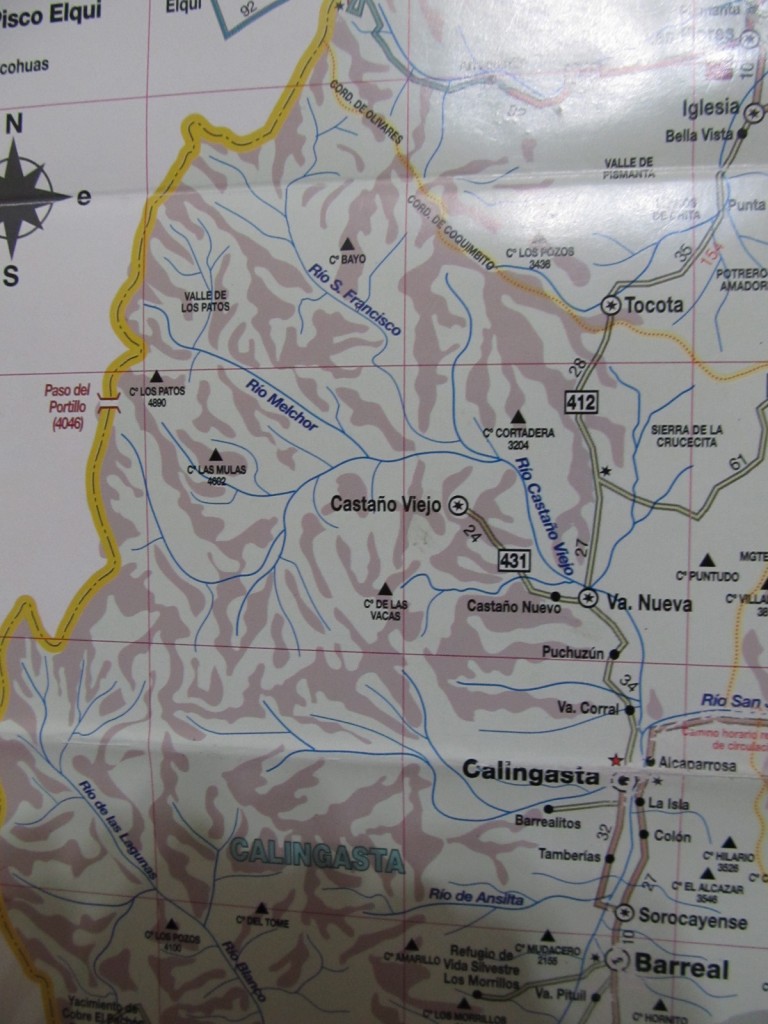
The park is near the Chilean border – the mountains offer huge mining potential as well.
As darkness fell around 8 PM we arrived at Complejo Astronómico El Leoncito (CASLEO). There are three times as many stars to view in the Southern Hemisphere than in the Northern Hemisphere. The high Andean deserts in Chile and Argentina offer the best viewing in the world due to high altitude,clear air and a total lack of light pollution due to being one of the more remote areas of the world. Even with some volcanic dust in the air from Peyhuehe the viewing was incredible. Above is a photo taken with a radioteescope.
Comet Halley in 1986.
Planet Venus in the West.
The radio telescope is for the astronomers only. We were treated to views from a smaller but very powerful telescope outside. The roof above retracts.
ArcticTropic Blog is beginning a series on the Mid Atlantic Islands – stretching 10,000 miles along the volcanic Mid Atlantic Ridge. We will start with South Georgia, onwards to Tristan da Cunha and all the way up through St.Helena , the Azores and Iceland. Many of these islands are extremely difficult to reach – but the rewards are great for those who make the effort.
A friend of ArcticTropic – Ninel Cristina Raven Armada-Taylor of São Paulo, Caracas and New York went to Maputo, Mozambique on a business trip for a top international Brazilian company. While the US and Europe twiddle their thumbs on ” What to do about Africa” Brazilian companies are aggressively building infrastructure in the former Portuguese colonies. Years of war and destruction mean starting from scratch.
Giant Lobster form the Indian Ocean.
The fish market in Maputo.
Giant crab.If combined with Portuguese cooking , the meal would be delicious.
Into the interior. ArcticTropic is currently seeking partners to bring adventurers to Mozambique.
Living conditions are difficult, to say the least.
Thirty years of brutal war set the country back by centuries. Finally peace has arrived and the country can be rebuilt.
Giant Brazilian trucks get ready to build a road in the interior. ArcticTropic currently features 4 providers in Mozambique – Now is an excellent time to visit.
The Wakhan Corridor is a panhandle shaped territory that serves as a buffer zone between Tajikistan,Pakistan and China. According the the New York TImes, it is the “safest’ part of Afghanistan , meaning there no warfare because the area is not strategically important to the warring factions in other parts of the country. Mountains top the 24,000 foot range and the first snow falls in August. Noshak is the highest at 24,580 feet.
Obviously the area is extremely hard to reach. Kabul based Great Game Travel offers 11 day trips beginning at about $6000 per person in a small group.
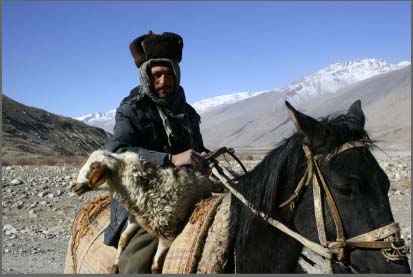
From the Great Game website : ” You will be met at the Ishkashem border and from there you will drive for 2 days to Sarhad. From there, we leave behind our 4×4 vehicles, and trek with Yaks and horses into the heart of the Wakhan corridor, taking a circle route around the Big Pamir knot, before ending up again in Sarhad. From there we backtrack to Ishkashem.
This tour can be combined with the Afghan Adventurer trip to Bamiyan and Balkh or Afghan Explorer trip that includes Herat as well. You can also combine it with trekking in the Fann Mountains (Tajikistan) or with a jeep tour to north Tajikistan/Uzbekistan or along the Pamir Highway to Kyrgyzstan”

I jumped on the End of the World Train (or in Spanish, El Tren del Fin del Mundo) this morning.
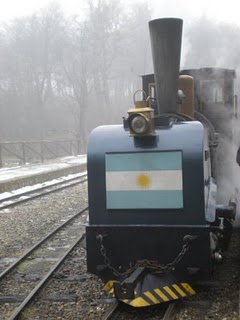 The three-seat-wide train was equipped with a voice recording that provided us with details on all the locations we passed through in Spanish, English and Portuguese; it was a sight-seeing tour, history lesson and language class, all wrapped into a one hour, 4.3 mile ride.
The three-seat-wide train was equipped with a voice recording that provided us with details on all the locations we passed through in Spanish, English and Portuguese; it was a sight-seeing tour, history lesson and language class, all wrapped into a one hour, 4.3 mile ride.
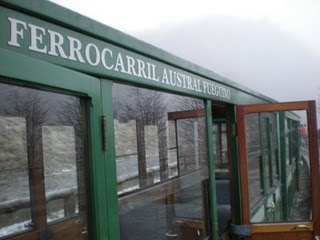 The sun didn’t rise until 10 a.m. and the day started off with heavy fog; heavy fog that never lifted. It created a certain, sort of Transylvanian, effect for the train ride as we passed through areas where prisoners once worked.
The sun didn’t rise until 10 a.m. and the day started off with heavy fog; heavy fog that never lifted. It created a certain, sort of Transylvanian, effect for the train ride as we passed through areas where prisoners once worked.
Argentina was very close to losing Tierra del Fuego to Chile due to its lack of population during the early 20th century. In order to keep the island, the Argentine government decided to populate it, but because of its isolation and cold temperatures, convincing people to move, would be difficult. The solution, build a maximum security prison and populate it with hard criminals. Its distance from any city and its surrounding waters never rising above 40-degrees Fahrenheit, made the island an ideal prison location.
The End of the World Train was originally built to transport the prisoners from the prison through the forest where they worked and as far as the most south-western tip of Tierra del Fuego, which is where the Pan American Highway begins, or ends, depending on which way you’d like to look at it (the Pan American Highway connects Tierra del Fuego to Alaska). The prisoners’ job was to cut down trees; the timber was used as fire wood, to extend the rail road and build more buildings.
During our ride, we passed through what is known as the “Tree Cemetary,” an area where the prisoners cut down almost all the trees and most never grew back.
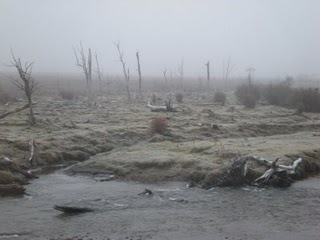 Ushuaia’s beaver population out-numbers the amount of people and their damn-building habits is another cause for the decline in tree regrowth.
Ushuaia’s beaver population out-numbers the amount of people and their damn-building habits is another cause for the decline in tree regrowth.
The trains’ first stop was at Pipo River. Pipo was a prisoner who tried to escape and couldn’t survive the islands’ weather conditions. He was found dead along a river that is now named after him.
Our second stop was at Roca Lake. It’s named after Julio Argentino Roca, a politician, a General and two-time President.
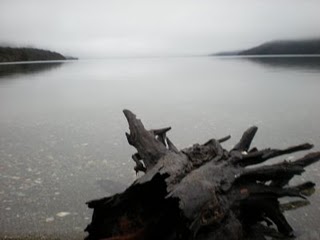 There was absolutely no wind, fog covering the snow-capped mountains and the lake was transparent and mirror-like. It was eerie and at the same time, tranquil.
There was absolutely no wind, fog covering the snow-capped mountains and the lake was transparent and mirror-like. It was eerie and at the same time, tranquil.
The trains’ final stop was literally, at the end of the world. It was as far as the rail road stretched and a mere 11,000 miles from Antarctica. Beyond this point, the Atlantic and Pacific Oceans converge.

